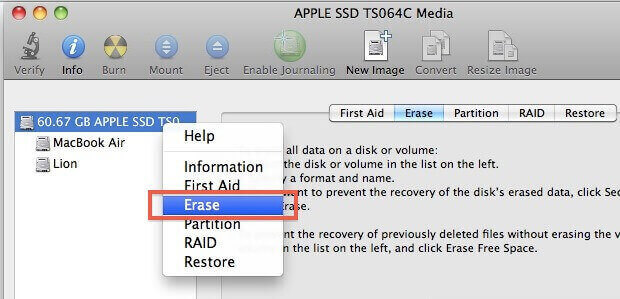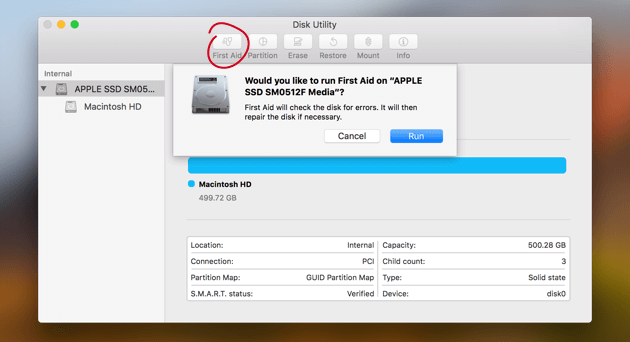

- #Time machine couldn t unmount disk how to#
- #Time machine couldn t unmount disk full#
- #Time machine couldn t unmount disk portable#
- #Time machine couldn t unmount disk verification#
- #Time machine couldn t unmount disk software#
#Time machine couldn t unmount disk software#
When a malicious software is running in the background and wreaking havoc on your Mac, you might get the “Couldn’t Unmount Disk” error when you try to do something with your hard drive. For example, a file from the disk you are trying to erase could be open, which means that you can’t proceed with the erasing unless all the files are closed.Īnother possible reason is the presence of malware. When your Mac is getting the “Couldn’t Unmount Disk” error when using the Disk Utility, it is possible that the boot drive cannot be modified because it is being used by some process or an application. What Causes the “Couldn’t Unmount Disk” Error in Disk Utility for Mac? Once this pops up, the current process gets halted and could no longer proceed, affecting any troubleshooting process or disk repair you might be doing.
#Time machine couldn t unmount disk verification#
The “Couldn’t Unmount Disk” error can happen during formatting, partitioning, disk verification and repair, or any task that the Disk Utility undertakes. What is the “Couldn’t Unmount Disk” Error on Mac? When this error pops up, any attempted task gets stopped right in its tracks. One of the common errors encountered when using Disk Utility is the “Couldn’t Unmount Disk” error. Use it when your apps quit unexpectedly, your external drive isn’t working, or your Mac won’t start up.ĭisk Utility usually works smoothly, but there are times when frustrating errors occur and prevent the process from being completed. It can check the health of your hard drive and repair any disk errors. if possible back up the data on this volume.Disk Utility is a crucial tool for resolving disk issues on your Mac.

And Disk Utility Erase gives this: The disk disk1 couldnt be ejected Couldnt unmount disk.Ĭhanges to macOS and Disk Utility in macOS 10.15 Catalina now make this older method obsolete. Does anyone know the solution to this My mac has been freezing and bugging out a lot lately, so Im very much looking forward to a.

#Time machine couldn t unmount disk how to#
Check out this new article to see how to revert an APFS drive to HFS+ easily.Īpple’s new APFS (Apple File System) format is the default format for storage under macOS 10.14 Mojave, replacing the dependable and long-lived HFS+ format. However, there are still some instances where HFS+ needs to be used. 'erase process has failed' Details: Unmounting disk.
#Time machine couldn t unmount disk full#
For example, APFS is incompatible with Apple’s Time Machine backup application and FileVault 2 (which is used to encrypt full drives), and cannot be used to format Fusion drives - those drives that use a combination of a solid-state drive and conventional hard disk drive. Erase process has failed couldn’t unmount disk Erase process failed. and your Mac can not erase the drive by Hardware-name, your Mac needs.
#Time machine couldn t unmount disk portable#
press say to continue On a Windows PC, open the PSSDCleanup.bat file from the directory where the software is installed (e.g., OS Installation Drive ProgramData Samsung Apps Portable SSD) and proceed with uninstallation, or go to Control Panel Programs and Features.

What if you accidentally format a drive in the APFS format and then realize you can’t use Time Machine or FileVault 2? I recently ran into this dilemma when I formatted an external drive in the APFS format and it was unusable by Time Machine. In this tech tip, I’ll show you how to revert back to HFS+. #Mac erase process has failed couldn t unmount disk how to Answer (1 of 2): You must be getting Erase process has failed error while trying to erase SD card on Mac using Disk Utility. You can’t just use Disk Utility to reformat an APFS disk to HFS+ - once it has been converted to APFS, the only options that appear for erasing an APFS disk are to reformat in APFS.


 0 kommentar(er)
0 kommentar(er)
